Concerned about a pest animal in your house?
Pest animals in the house can be one of the biggest surprises someone can encounter. Local wildlife do not make the best houseguests; they’re usually loud and smelly. What surprises some homeowners is the amount of destruction they cause living in your home.
Why Are Pests in My Home?
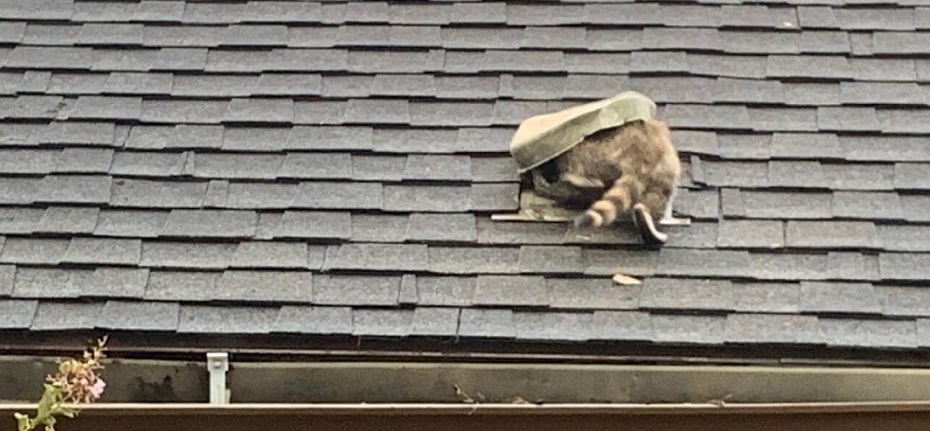
Animals have the same basic survival needs as humans — food, water, and shelter. While most critters are excellently adapted to their environment, wild animals sometimes tend to enter a home to fulfill unmet needs. This is especially the case when the population density of animals increases, causing competition for resources to intensify.
Houses also offer many of the ingredients for survival, making them appealing to wild critters. Attics provide ready-made dens, saving animals the energy expenditure required to find or build their dens. Boilers often leak water, perfect for mice or other small types of animals looking for consistent sources of hydration. If food is left in storage or crumbs fall to the floor in hard-to-reach places, animals have incredible senses of smell to seek it out.
The Most Common Household Pest Animals:
- Rodents like rats and mice
- Squirrels
- Raccoons
- Bats
- Opossums
- Skunks
- Pigeons
Common Signs of Wild Animals in the Home
Several signs suggest a critter may be inhabiting your home. Occasionally, you’ll spot the actual animal.
The most common signs of wildlife in your home are:
- Hearing Strange Noises
- Smelling Bad Odors
- Noticing Animal Droppings
If you have an animal in your home, act quickly! Animals often cause structural damage once a suitable living space is found. Squirrels, mice, and rats squeeze through small openings. If they can’t fit, they can expand these gaps. In the spring, raccoons tear through weak or damaged spots on your roof to gain entry and rear their young.
Animal waste buildup in living spaces must be properly cleaned with personal protective equipment
The smell of dead animals is unmistakable. If any of these signs have been spotted, it is important to call specialists as soon as possible to prevent damage to the home and keep all occupants safe from disease. For dead animal smells in the house, the specialists will go through several procedures to remove the animal, and the smell, and apply a sanitizing agent.
Why are Pests in My House?
Animals may choose your home instead of your neighbors for a variety of reasons. Sometimes it can be as simple as how the sun shines on your home.
There might be better gaps that allow easy access to your house or tree branches nearby that facilitate climbing onto the roof.
There also may be areas in your home that animals naturally prefer or that offer better protection from predators.
How Do Pest Animals Get into My House?
Common Pests Entry Points
Nuisance animals are resourceful and will take advantage of gaps in your home. The most typical places animals enter your home are:
- Construction Gaps
- Fascia boards
- Soffits
- Roof Vents
- Eaves
- Any Place Plumbing or Electric Enters the Home
You’re most likely to find wildlife in areas such as:
- Attics
- Chimneys
- Crawlspaces
- Roofs
How Do Animals Get in the Attic?
Homeowners may notice sounds in their attics during spring and winter. Small mammals seek shelter in the spring to give birth and raise young. In the winter, temperatures may rapidly drop, making attics a popular nesting spot. Cracks and holes in siding, walls, and fascia boards provide wild animals easy entry points.
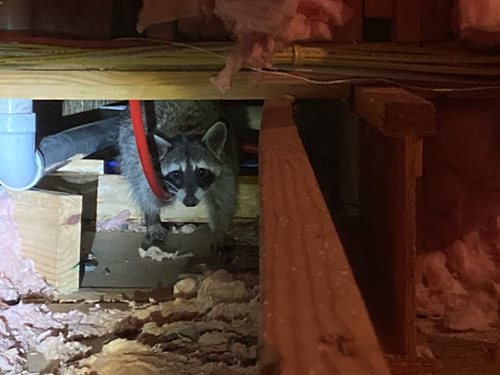
Common Animals that Live in Attics
- Bats
- Squirrels
- Rats
- Mice
- Raccoons
Signs of Nuisance Wildlife in the Attic
Residents often hear distinct sounds made by animals above the ceiling, a strong sign of an animal in the attic. These include:
- Scratching at walls, insulation, or support beams
- Scampering or running across floors
- Chirping, whining, and other vocal calls
Visual clues are also important. For example, greasy smudges from fur and scratches on fascia boards or gutters are evidence of a potential access point. In addition, piles of droppings on roofs indicate areas where pests enter or exit.
Damage from Animals in the Attic
Wild animals can cause extensive damage to the attic. Raccoons are notorious for using a single spot of the attic as a latrine (bathroom), leading to stained wood and terrible odors. Rodents like mice, rats, and squirrels also contaminate insulation with their feces. Some animals destroy insulation by using it for nesting materials. This eventually leads to inefficient home temperature control, significantly increasing expenses for heating and cooling.
Lastly, some critters carry ectoparasites like ticks, mites, and fleas, which continue thriving in the household longer after the species is removed. This may occur after DIY wildlife removal or animal control services that do not include rigorous cleanup and sanitation. This process is equally important as removal. Without proper personal protective equipment, the process is dangerous. Ultimately, animals that live in attics are more than just annoying; they can cause damage and spread diseases.
Hear Something in Your Chimney?
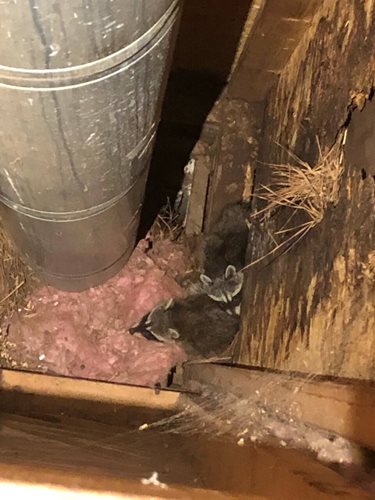
When animals try to get in the house, the chimney is a popular point of entry. This dark, sheltered area is not too different from a hollow tree, which makes it a suitable habitat for many species. Chimneys protect from harsh weather and predators, while also providing access to the home. An uncapped chimney provides easy access to your home to any climbers or flyers. DIY solutions often fail to prevent this, especially with raccoons who can easily remove caps. Critter Control solutions include animal-proof chimney caps or grates to prevent further entrance.
Signs of Animals in Chimney
- Noises – Squeaking and rustling in the morning or late at night is common. Homeowners frequently call spring complaining that “birds” are in their chimneys. These callers are shocked to find that in most cases those “birds” are baby raccoons! Mama raccoons frequently use chimneys as a den to give birth to their litters each year. A raccoon can easily scamper up and down a chimney flue tile. However, Chimney Swifts, a common bird, actually live in chimneys and are the only birds that can fly up the chimney after they enter it. If you have Chimney Swifts, don’t attempt to remove them without consulting a professional, as they are federally protected and special considerations need to be implemented when dealing with them.
- Odors. If a smell is coming from nearby the fireplace entrance, wildlife may have died in the chimney or left droppings.
What Pests Enter Chimneys?
Homeowners often encounter the following animals in chimneys:
- Raccoons – Raccoons are always looking for places to raise their young and will take advantage of any available shelter.
- Bats – Since they overwinter in caves and tree hollows, bats appreciate the isolated nature of chimneys.
- Squirrels – Much like raccoons, squirrels see chimneys as ideal places to give birth.
- Birds – Uncovered chimneys can appeal to birds including chimney swifts, sparrows, wood ducks, and owls.
- Scratching or rustling sounds under the house, especially at night
- Animal Droppings in or near crawl space entrances
- Waste or carcass smells with no obvious source
- Grease stains or tufts of fur
- Gnaw marks and other chewing damage
- Nests made from shredded paper or debris
- Sounds – Scratching or gnawing noises during the day may be a sign of squirrels. However, sounds at night may indicate a bat or roof rat issue.
- Tracks – The size and shape of footprints left by an animal on a roof or in an attic can help identify the pest.
- Droppings – The volume and location of scat can also reveal the type of animal nesting in soffit spaces.
- Squirrels – Squirrels build their nests from leaves, and drainage channels supply plenty of construction materials. Pests in gutters may be trying to find an entry point to the attic.
- Roof rats – Rodents use downspouts to access the roof. It’s not uncommon to find animals stuck in gutters as well.
- Raccoons – Agile and curious, raccoons damage water ducts during their attempts to pry up roof shingles and force their way into attics.
- Birds – Pigeons, among other birds, clog gutter outlets above downspouts with their nests. Unhatched eggs, droppings, and debris also block drainage areas.
Preventing Pest Infestation in Chimneys
Proper timing is critical when it comes to removing animals from chimneys. Sealing or capping an exit too soon can trap babies inside and lead to further damage from the mother. This often occurs with raccoons, where the mother will destroy the smoke shelf, damper, or flue tiles. Waiting too long to address the problem brings about a slew of other problems including structural damage, foul odors, and insect infestations. Some species like raccoons carry rabies, while several species of birds harbor Salmonella bacteria. Overall, having animals in the chimney puts residents at risk of contracting diseases. Never try to smoke an animal out. This action is considered inhumane and may have the opposite effect, causing the animal to instead enter your home.
Because of these complex and dangerous scenarios, the best way to deal with a live or dead animal in the chimney is to call a professional. Trained wildlife control specialists can remove unwanted visitors and apply appropriate exclusion techniques.
Animals in Crawl Space
Crawl spaces under floors and roofs are dry, sheltered areas that homeowners rarely enter, making it an ideal location for wildlife. These quiet, secluded places offer protection and security, and as a result, homeowners may be living with animals in crawl spaces for lengthy periods without knowing. After a while, they eventually report hearing something living under the house, or even worse, smelling something coming from the crawlspace. A few of the common critters:
How do Animals Get into Crawl Spaces?
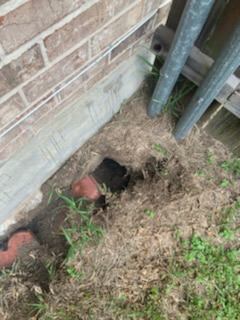
Animals will exploit any weaknesses in the exterior of a home. Foundation vents, construction gaps, basement window wells, and foundation cracks are typical spots that animals penetrate.
Signs of Animals in Crawl Space
Removing Nuisance Animals in Crawl Spaces
Though these pests may be out of sight, they will cause issues. Burrowing animals like moles, gophers, and skunks dig under foundations, weakening homes and causing problems with safety inspections. Even in crawl spaces, animals can create entry points into your living spaces. Their nests and den sites frequently attract insects like cockroaches, fleas, and ticks, leading to even more expenses from pest control companies.
Furthermore, animals can become trapped in crawl spaces and die, creating a nasty smell under the house. Most people won’t even attempt crawling in the crawl space. Attempting to trap or remove animals in crawl spaces is a dangerous task. Spiders are common, and most wildlife will bite and scratch if cornered, increasing the risk of injury or disease. To remove and prevent unwelcome pests in crawl spaces, contact Critter Control.
Animals on Roofs
Does it sound like someone is running a sprint on your roof? In areas with high densities of squirrels, it is very commonplace for this to occur.
The noise of squirrels scrambling on the roof is incredibly distracting, but this is the least of the worries.
Squirrels often gnaw through timber or relatively soft material, eventually gaining access to the attic.
From here, they may chew through wires, cutting off surround sound systems, Wi-Fi, or any other electric cables.
Signs of Animals on the Roof
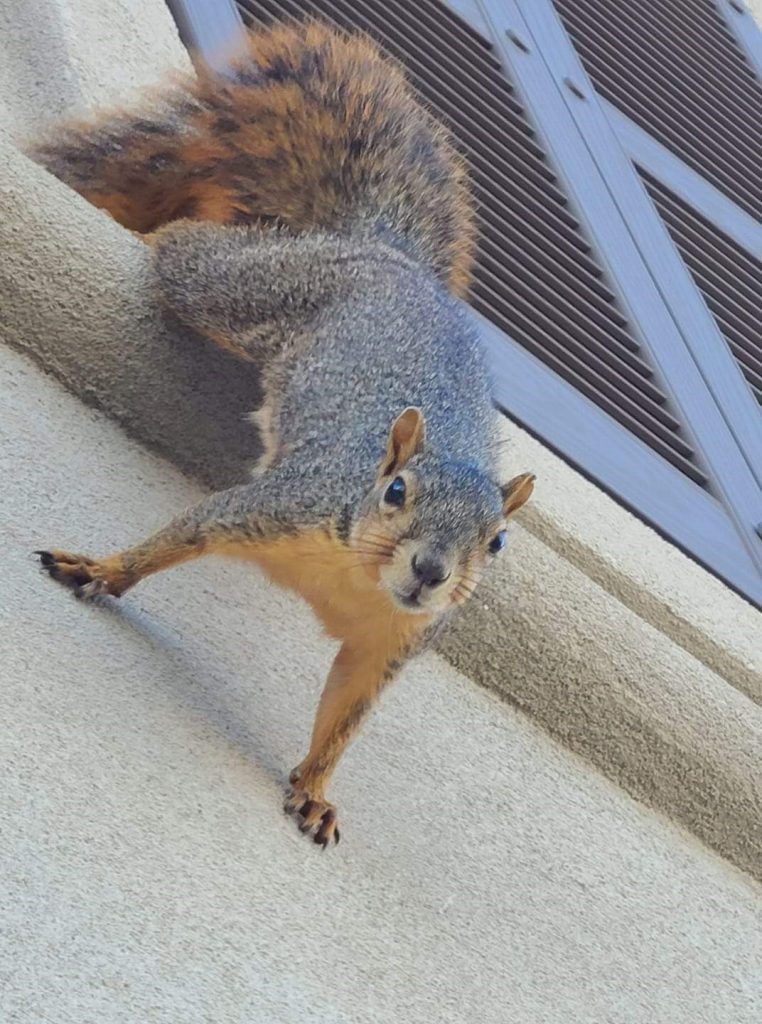
Gathering information about animals in soffits and on roofs is the first step toward controlling the issue. Pay close attention to the following clues:
How to Prevent Animals from Getting on the Roof?
Trees, power lines, and downspouts are easy pathways that allow pests on roofs. Untrimmed tree branches often act as bridges for wildlife to cross over to roofs and enter houses. While there are limitations with powerlines, cutting back trees and installing squirrel-proof architecture are common solutions that Critter Control specialists can assist with.
Roof Damage
Most of the issues caused by animals in soffits and on roofs are structural. Broken shingles and holes in roofing materials are common. Some animals also carry diseases that affect humans. These pests spread illnesses via their body fluids, parasites, or feces.
Trapping Animals on the Roof
Critter Control recommends against DIY trapping of animals on the roof due to the special considerations and safety requirements. Trapping is considered dangerous in its own right, and the added risk of a fall from the roof increases the danger substantially. Additionally, traps must be checked regularly as required by many state laws, something not always possible with a 9-5 job. Lastly, trapped animals must be protected from the elements to be considered humane. Because of these concerns, homeowners should call in the experts.
Nuisance Animals in Gutters
Gutters filled with leaf litter are prime real estate for several animals. Rodents and other wildlife prefer hideouts high off the ground and safe from predators.
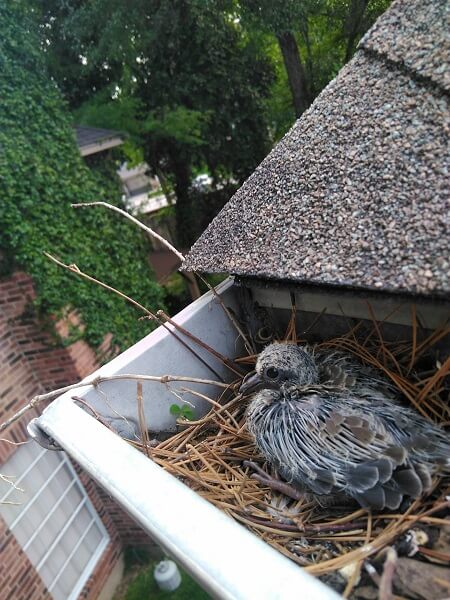
Common animals in gutters include:
Gutter Damage and Prevention
Homeowners should contact a professional removal service before damage occurs. Animals in gutters often tear up fascia boards and shingles in an attempt to move indoors. Also, blocked gutters may lead to expensive roof repairs or unexpected water leaks. An animal stuck in the gutter can also cause problems. Some pests use building drainage areas as a place to store food and build nests. Occasionally, they get trapped inside. Residents who notice scratches on downspouts or animals in gutters should call Critter Control for assistance.